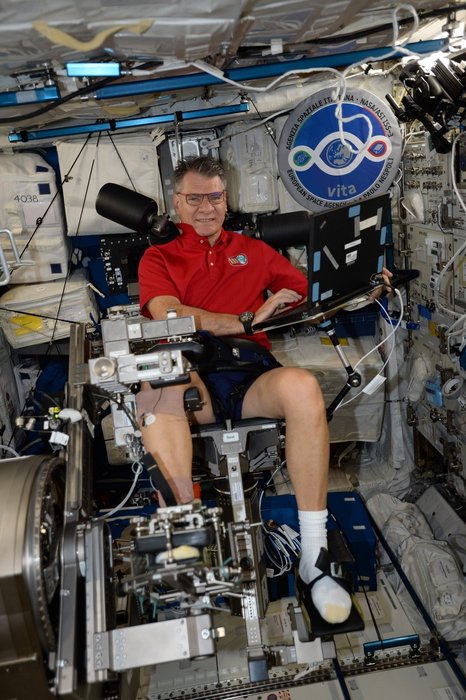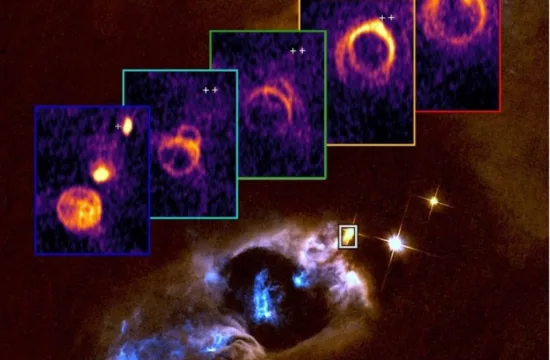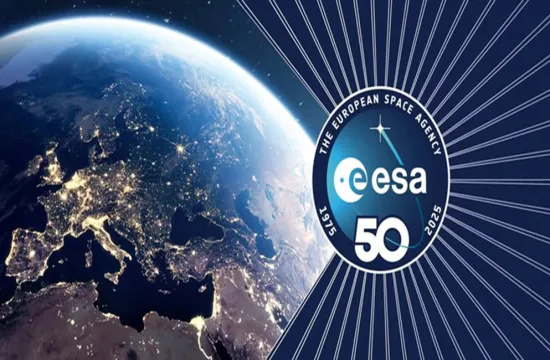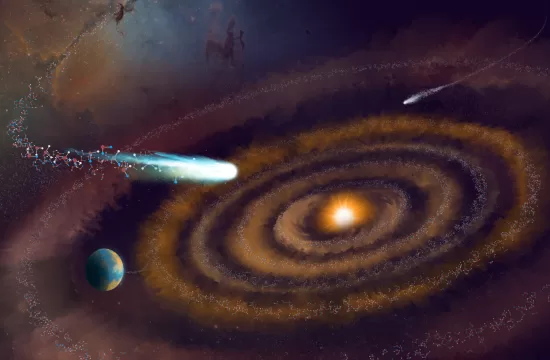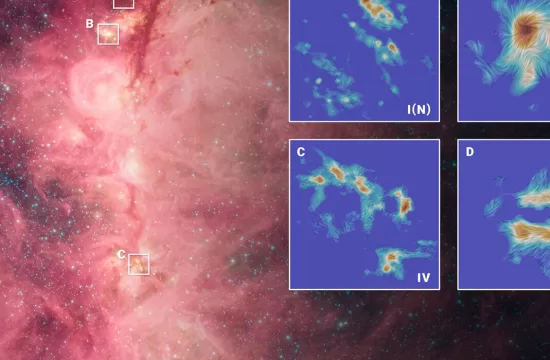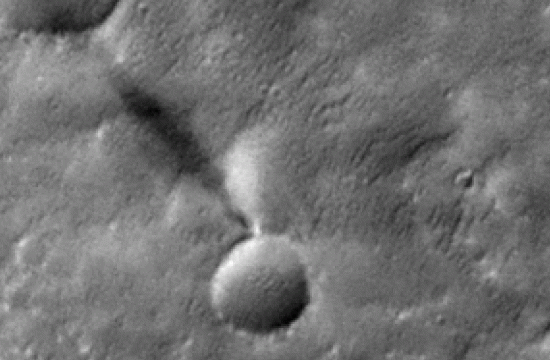
The newest crewmember on the International Space Station, ESA astronaut Paolo Nespoli, has hit the ground running. After arriving in the early hours of 29 July and taking the rest of the day off, Paolo and the crew were back to work by 30 July.
First up on Paolo’s schedule is a human physiology experiment using the Mares machine. The Muscle Atrophy Research and Exercise System, housed in Europe’s Columbus laboratory module, is a three-in-one muscle-measuring machine that monitors astronauts’ muscles as they work out.
Muscle strength decreases during spaceflight and researchers need to know why in order to prepare for long missions and safe space tourism.
The measurements are part of the Sarcolab-3 experiment that is assessing how weightlessness affects the calf and ankle muscles, the parts of the leg that carry the load of the rest of the body.
“This is important, as establishing the mechanisms involved in space-related muscle deterioration will help us to devise optimised countermeasures,” says Thu Jennifer Ngo-Anh, head of ESA’s Human Research Office.
Sarcolab-3 is a unique experiment, involving scientists from NASA, ESA and the Russian Institute of Biomedical Problems – an example of international cooperation benefitting scientific research.

